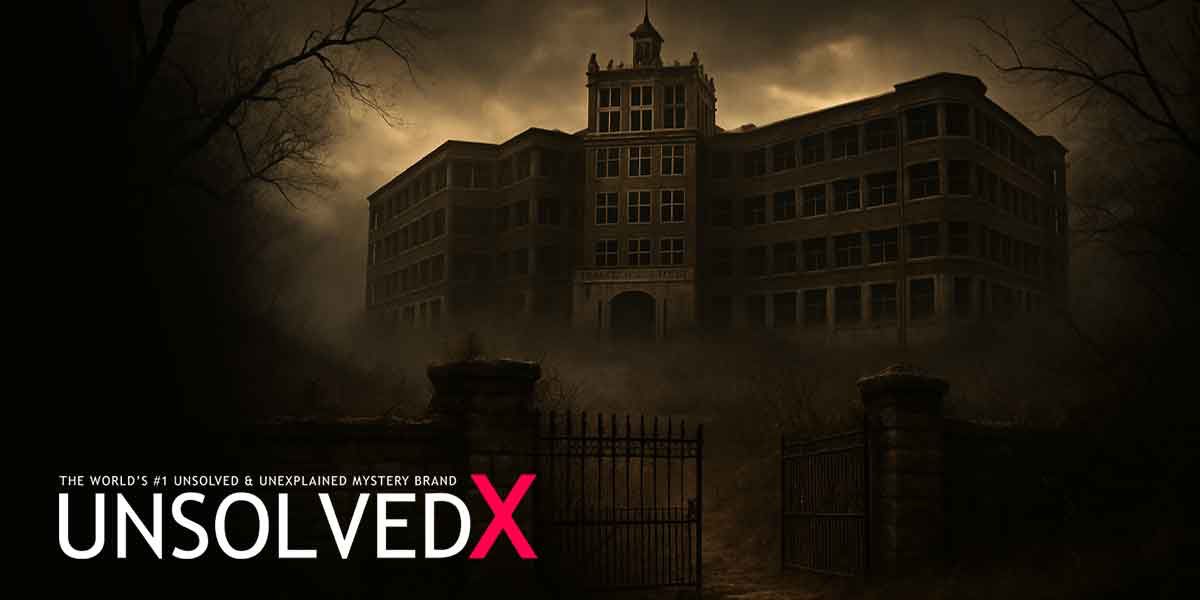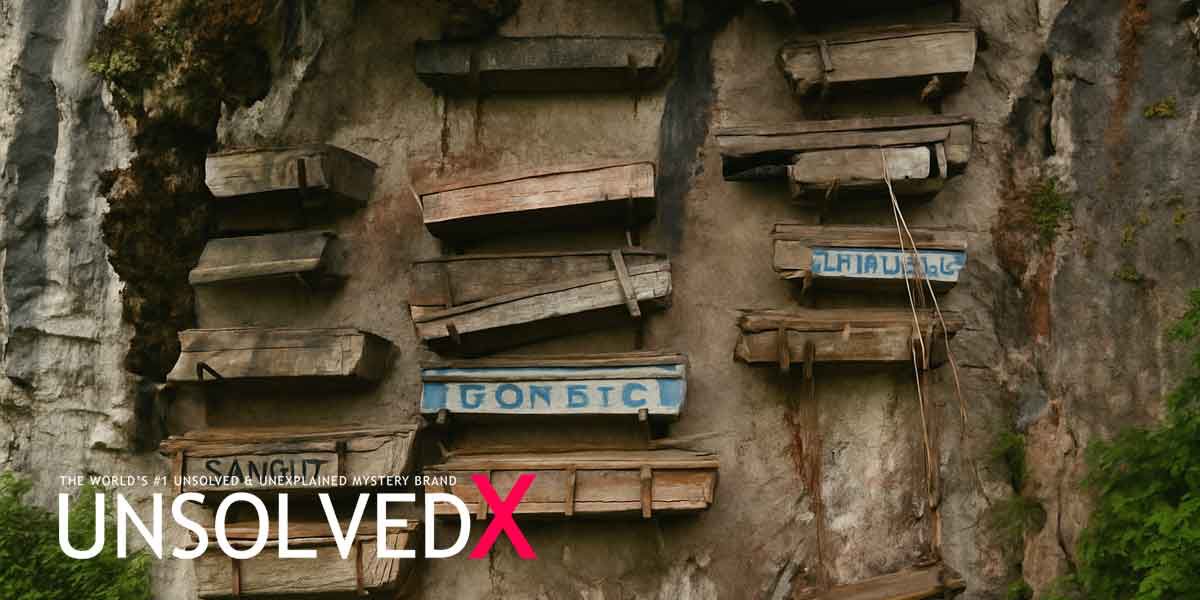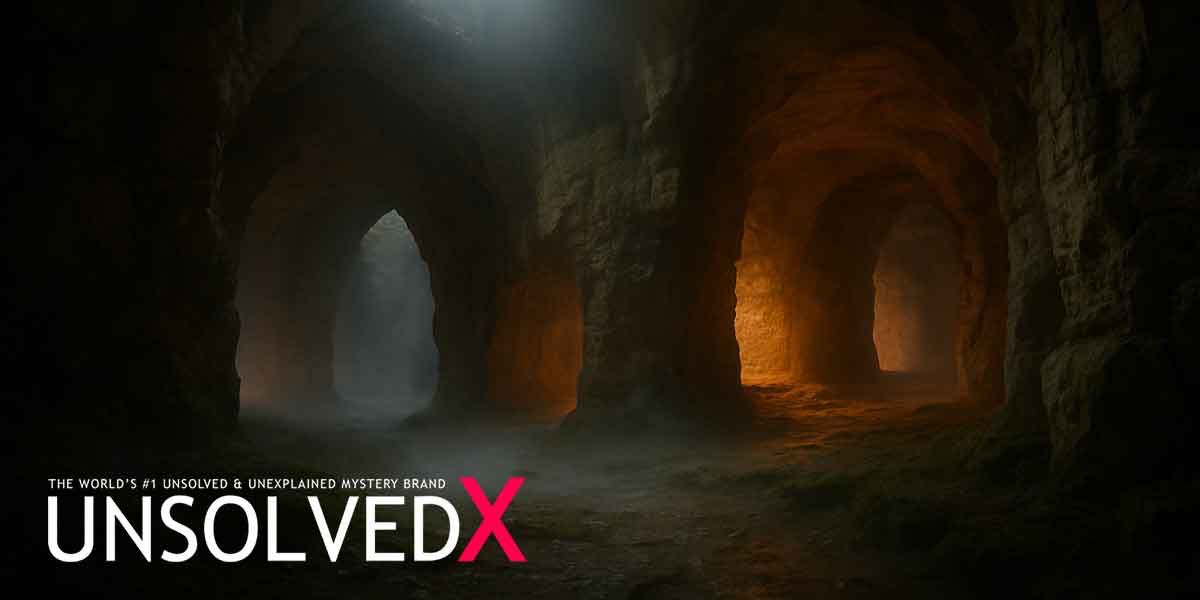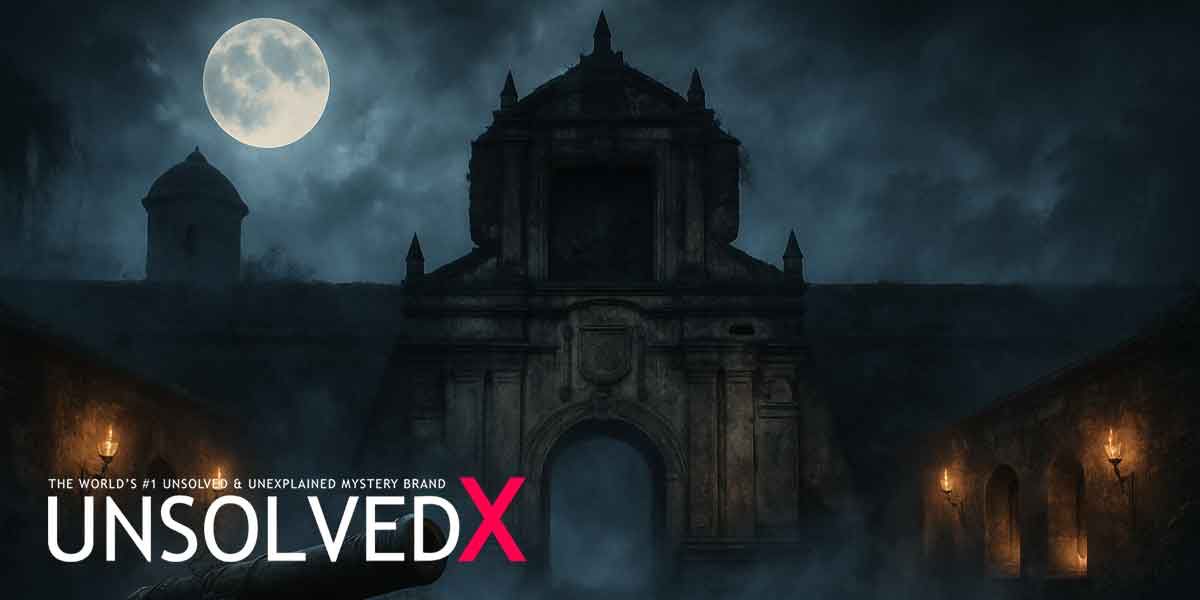A Hospital Born from Desperation
In the early 20th century, Louisville, Kentucky, was gripped by a tuberculosis epidemic, earning it the grim distinction of having one of the highest death rates from the disease in the United States. The Ohio River’s wetlands created a perfect breeding ground for the bacteria, and the city’s industrial pollution and overcrowded conditions only worsened the spread. To combat this crisis, the Board of Tuberculosis Hospital, formed in 1906, sought an isolated location to build a sanatorium. They chose a property owned by Major Thomas H. Hays, named Waverly Hill for its serene connotations, inspired by his daughters’ schoolteacher’s love for Walter Scott’s Waverley novels. Construction began in 1908, and by 1910, a two-story wooden sanatorium opened, designed to house 40 to 50 patients with early-stage tuberculosis. However, the epidemic’s ferocity quickly overwhelmed this modest facility, leading to a larger, five-story brick and concrete structure completed in 1926, capable of accommodating over 400 patients. This new sanatorium, designed by architect D.X. Murphy, became a self-contained community with its own farm, post office, and water treatment plant, isolating patients and staff from the outside world to curb the disease’s spread.
The treatments at Waverly Hills were often as harrowing as the disease itself. Without antibiotics until the 1940s, doctors relied on fresh air, sunlight, and experimental procedures. Patients were wheeled onto open-air balconies, even in winter, sometimes blanketed in snow, in the belief that fresh air could heal their lungs. More invasive treatments included surgically collapsing lungs or inserting balloons to stretch them, often causing immense pain with little success. The sanatorium’s body chute, a 537-foot tunnel used to discreetly remove deceased patients, became a haunting symbol of the thousands who succumbed. Estimates of deaths vary, with some sources like Dr. J. Frank Stewart, a former assistant medical director, citing around 6,000 deaths based on death certificates, while others claim up to 50,000, though such high figures are likely exaggerated. The sheer volume of suffering left an indelible mark on the site, fueling its reputation as one of America’s most haunted locations.
Whispers of the Past: Paranormal Legends
Waverly Hills’ grim history has birthed countless tales of paranormal activity, making it a magnet for ghost hunters and thrill-seekers. One of the most famous stories centers on Room 502, where a nurse allegedly took her own life in 1928 by hanging herself from a light fixture. Though records are scarce and some guides caution this may be more legend than fact, visitors report feeling an oppressive energy in the room, with sightings of shadowy figures and unexplained whispers. Another enduring tale involves a young boy named Timmy, said to haunt the fifth floor, where children with tuberculosis were housed. Tour guides claim that if you roll a ball down a hallway, Timmy’s spirit might roll it back, a playful interaction that contrasts with the sanatorium’s darker reputation. The body chute, too, is a hotspot for paranormal claims, with visitors reporting orbs of light, disembodied voices, and a chilling sense of being watched. Ghost Hunters, Buzzfeed Unsolved, and Ghost Adventures have all filmed at Waverly, cementing its status as a paranormal epicenter.
These stories aren’t just folklore; they’re backed by countless firsthand accounts. Visitors on Waverly Hills Historical Society tours, led by passionate guides, often describe unexplained phenomena, from flickering lights in rooms without electricity to full-bodied apparitions. One Reddit user on r/Ghosts recounted seeing a silhouette morph into a shadow figure while walking alone on the fourth floor, an experience that left them unable to rationalize what they saw. The sanatorium’s isolation, combined with its history of suffering, lends credence to the idea that emotional and physical trauma could imprint itself on the building. While skeptics might attribute these experiences to overactive imaginations or the power of suggestion in a creepy setting, the consistency of reports across decades suggests something inexplicable lingers within Waverly’s walls. For those eager to explore, the Waverly Hills Sanatorium website offers historical and paranormal tours, including overnight investigations for the boldest visitors.
A Legacy Preserved and Contested
After tuberculosis rates plummeted following the introduction of streptomycin in 1943, Waverly Hills closed as a sanatorium in 1961. It briefly reopened in 1962 as the Woodhaven Geriatric Center, but reports of patient neglect and understaffing led to its closure by the state in 1980. The building fell into disrepair, attracting vandals and thrill-seekers until 2001, when Charlie and Tina Mattingly purchased it. Through the Waverly Hills Historical Society, they’ve worked to restore the Tudor Gothic structure, listed on the National Register of Historic Places, using funds from tours and an annual haunted house attraction. Their efforts have preserved the sanatorium’s history while making it accessible to the public, with tours starting at 4400 Paralee Drive, Louisville, KY, and requiring navigation via Waze to Gate A at 4301 East Pages Lane. However, the site hasn’t been without controversy.
A 2022 lawsuit between the Mattinglys and the Historical Society highlighted tensions over management, though it has since been resolved, allowing tours to continue. Waverly Hills’ story resonates beyond its hauntings, reflecting the broader struggle against tuberculosis, a disease that still claims millions globally. Its history connects to other medical mysteries, like the Phipps Psychiatric Clinic in Baltimore, where experimental treatments also left a haunting legacy. The sanatorium’s preservation offers a window into a time when medicine was as much about hope as it was about science, and its paranormal allure keeps it alive in popular culture. Whether you’re drawn by history or the supernatural, Waverly Hills remains a testament to human resilience and the enduring mysteries of the past. Visitors can book historical or paranormal tours through thewaverlyhillssanatorium.com, immersing themselves in a place where the line between history and haunting blurs.










Comments
Comments section coming soon!